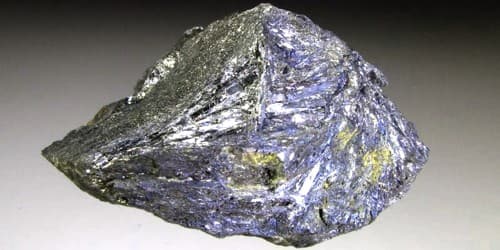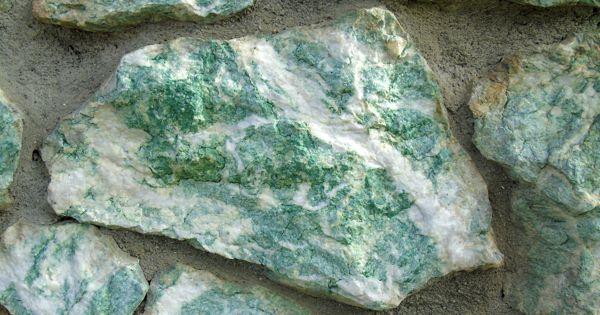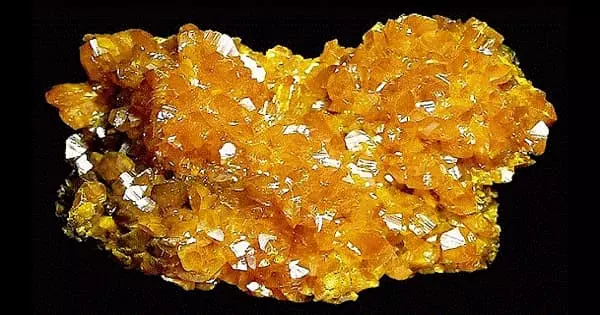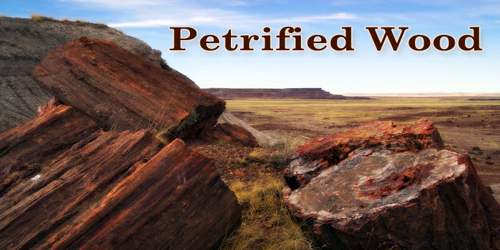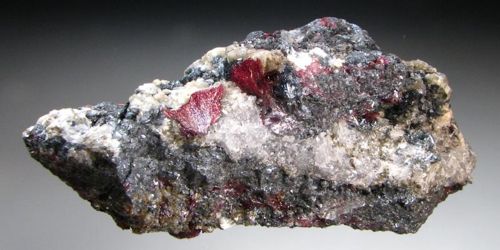Livingstonite is a mercury antimony sulfosalt mineral. It is a mineral HgSb4S7 consisting of a lead-gray mercury antimony sulfide resembling stibnite. It occurs in low-temperature hydrothermal veins associated with cinnabar, stibnite, sulfur, and gypsum.
It was first described in 1874 for an occurrence in Huitzuco de los Figueroa, Guerrero, Mexico. It was named to honor Scottish explorer of Africa, David Livingstone.
General Information
- Category: Sulfosalt mineral
- Formula: HgSb4S8
- Crystal system: Monoclinic
- Crystal class: Prismatic (2/m) (same H-M symbol)
- Color: Blackish gray; in polished section, white; red in transmitted light, with deep red internal reflections.
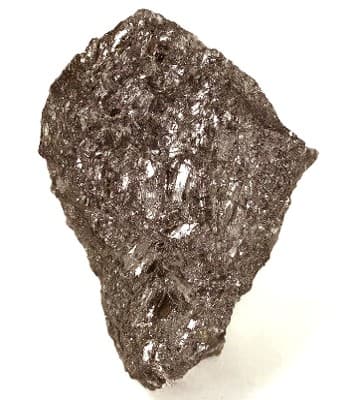
Properties
Livingstonite is a monoclinic-prismatic mineral containing antimony, mercury, and sulfur. It is a rare mineral that is found in low-temperature hydrothermal veins in localities in Mexico, Japan, Kyrgyzstan, and Spain among only a couple of other countries.
- Cleavage: Perfect on {001}, poor on {010} and {100}
- Fracture: Uneven, flat surfaces
- Tenacity: Flexible
- Mohs scale hardness: 2
- Luster: Adamantine to metallic
- Streak: Red
- Diaphaneity: Opaque, translucent in thin fragments
- Specific gravity: 4.8 – 4.88 means. 4.98 calc.
- Density: 4.88(2) g/cm3 (Measured) and 5.013 g/cm3 (Calculated)
- Optical properties: Biaxial (–)
Occurrences: In low-temperature hydrothermal veins.
Livingstonite occurs in low-temperature hydrothermal veins at the type locality: Huitzuco de los Figueroa (Huitzuco), Mun. de Huitzuco, Guerrero, Mexico. Other notable localities include Pedrosa del Rey, Leon, Spain; Khaidarkan, Kyrgyzstan; and Matsuo mine, Iwate Pref., Japan.
Association: Cinnabar, stibnite, sulfur, gypsum.
Information Sources:
